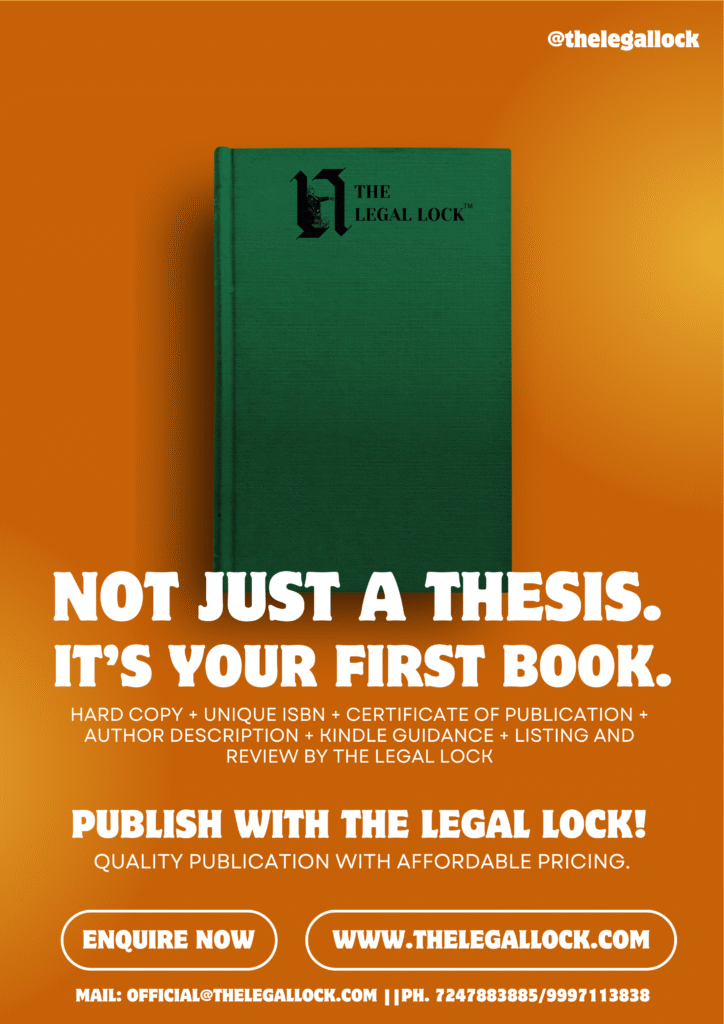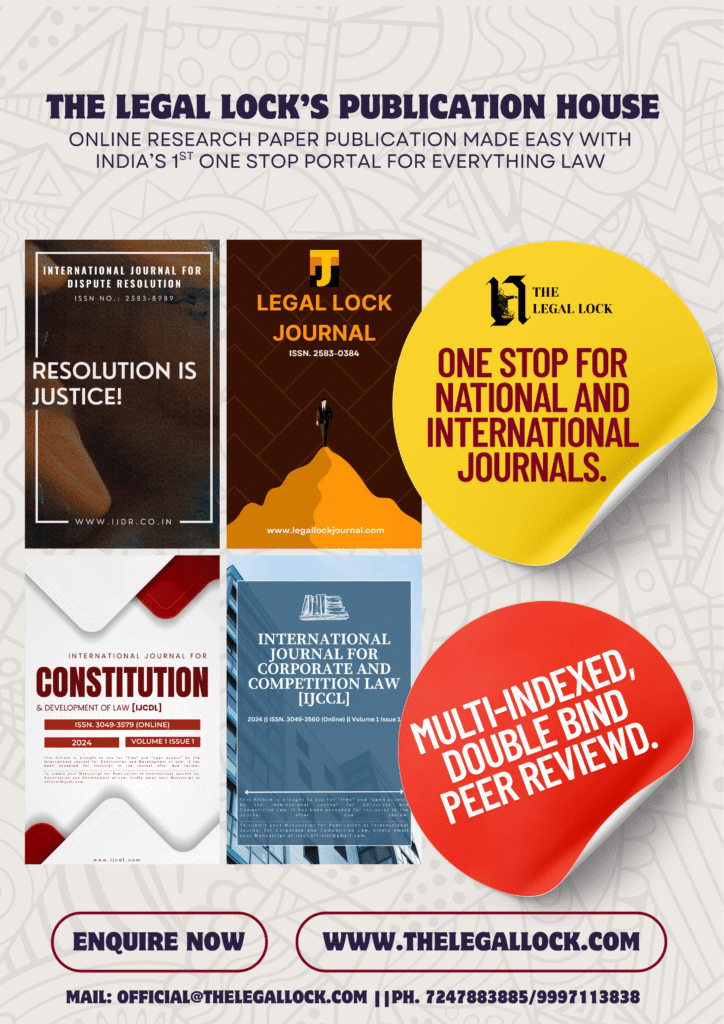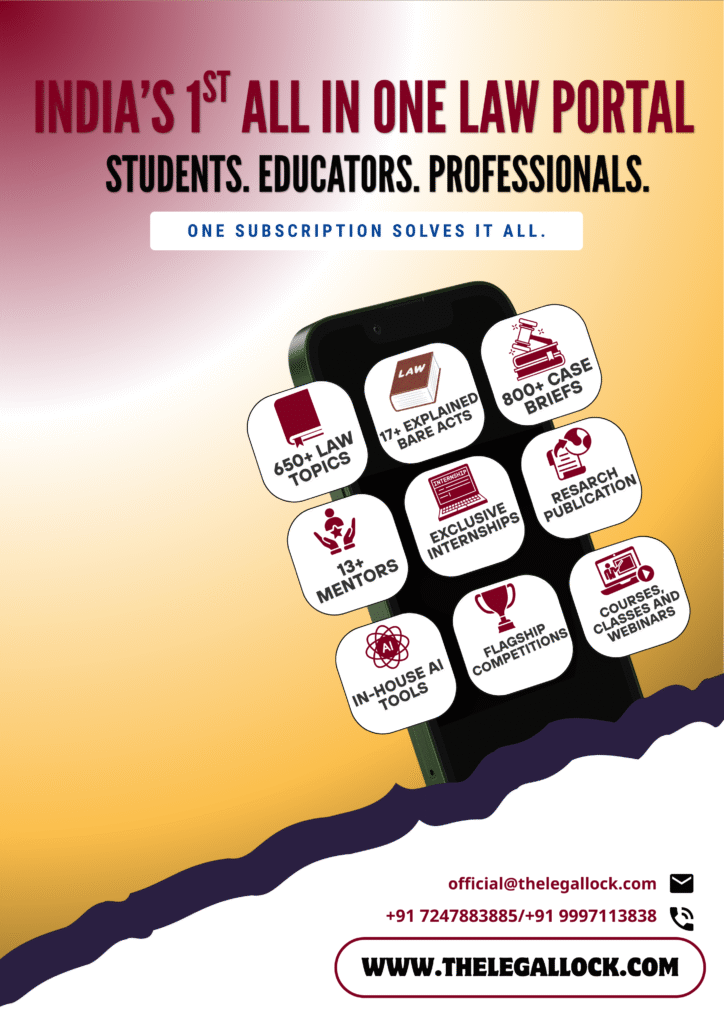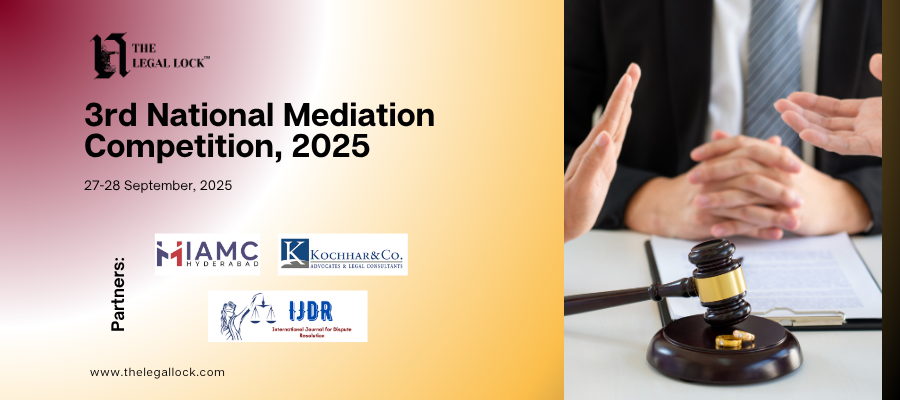CASE BRIEF: Himalaya Drug Company vs S.B.L Limited
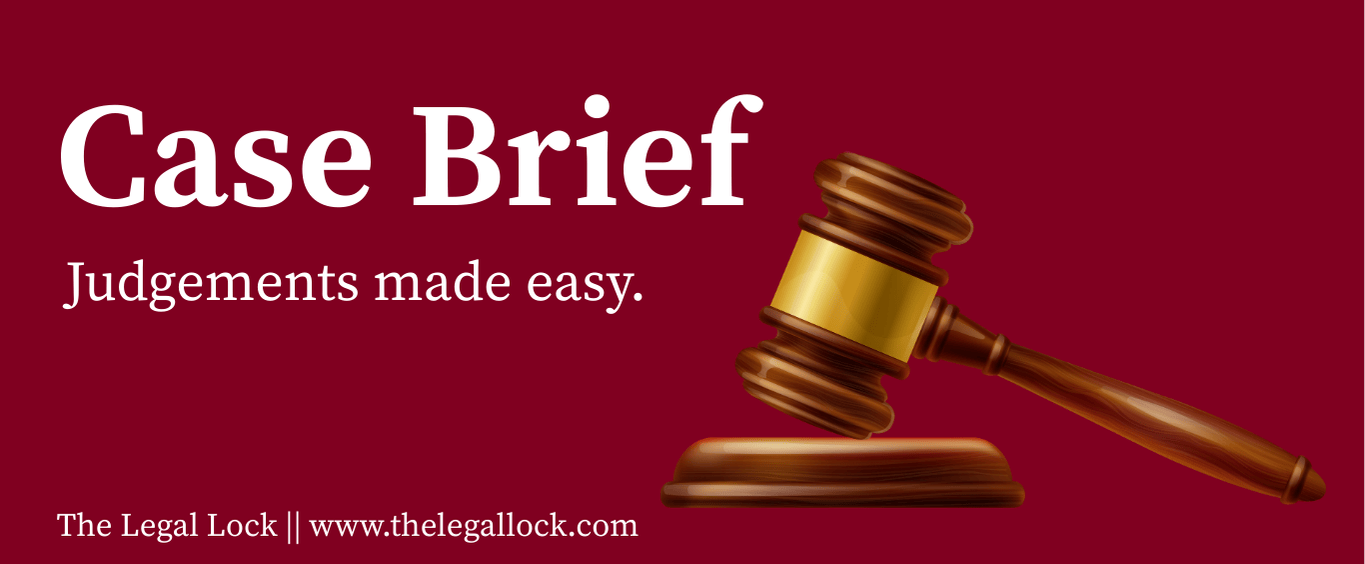
| Citation | (2010(43)PTC739(Del)) |
| Court | High court of Delhi |
| Decided on | 3 June, 2010 |
| Judges | Justice S. Murlidhar |
| Parties | Plaintiff: Himalaya Drug Co.
Defendant: SBL Limited |
Introduction
Himalaya Drug Co. (“the Plaintiff”) requested a permanent injunction against SBL Limited (“the Defendant”) for allegedly using a deceptively similar trademark. The case of Himalaya Drug Co. vs. SBL Limited centres on the controversial topic of trademark infringement. Plaintiff is well-known for its Ayurvedic medication “Liv.52,” and Defendant produces a homoeopathic medication called “LIV-T.” Using trademark law principles, customer confusion, and the importance of distinctiveness in product identification, the legal dispute centred on the differences between these two products and the similarities in their trademarks.
Background of the parties
The plaintiff: Himalaya Drug Co.
Business operations and history:
The Plaintiff was founded in 1955 and has a solid reputation in the medical community as an Ayurvedic product maker. The “Liv.52” brand is particularly well-known for treating conditions relating to the liver. The Plaintiff’s market presence and goodwill were demonstrated by its reported turnover of around Rs. 30 crores during the 1995–96 year, which included a promotional expenditure of Rs. 3 crores.
Registration of Trademarks:
The plaintiff is the owner of many Class 5 trademark registrations for “Liv.52” that are related to pharmaceutical preparations.
The corresponding dates of these registrations are 1957, 1973, and 1987:
The trademark registration number 180564 pertains to pharmaceutical preparations used to treat liver disorders.
The trademark registration number for medicinal preparations is 290061.
The trademark registration number for pharmaceutical, medicinal, and ayurvedic formulations is 401959.
The defendant: SBL Limited
Profile of the Business:
SBL Limited is a Sahibabad, Ghaziabad-based company that specialises in producing and selling homoeopathic remedies. According to the corporation, it has a strong position in the homoeopathic market.
Trademark under challenge:
The dispute over trademark usage resulted from the potential market overlap caused by the defendant’s medication, “LIV-T,” which is likewise intended to treat liver problems.
Facts of the case
Claim of Infringement:
The Plaintiff asserted that the Defendant had intentionally and deliberately picked up the trademark “LIV-T,” which they said was misleadingly similar to “Liv.52.” The plaintiff argued that customers would become confused as a result of such similarities.
Legal Notice:
The Plaintiff submitted a legal notice on March 14, 1996, requesting that the Defendant stop using “LIV-T.” But the defendant disregarded this warning and kept promoting their goods.
Legal proceedings initiated:
The plaintiff then sued for a permanent injunction on the grounds of trademark infringement and demanded damages. Among the initial concerns raised by the Defendant in response were the Plaintiff’s legal status and the generality of the term “LIV.”
Issues of the case
The core legal issues presented in the case involved:
- Trademark Infringement:
– Whether the use of “LIV-T” by the Defendant was infringing upon the Plaintiff’s registered trademark “Liv.52.”
- Deceptive Similarity:
– Determining the likelihood of confusion among consumers due to the similarity of the trademarks.
- Public Juris:
– The Defendant contended that “LIV” was generic and had become publici juris in the pharmaceuticals industry, effectively negating any claim of exclusivity.
- Territorial Jurisdiction:
– Challenges regarding whether the High Court of Delhi had the jurisdiction to hear the case.
- Delay and Laches:
– Whether the Plaintiff’s claim was barred due to delay or acquiescence in pursuing their rights.
Arguments by the parties
By plaintiff
Uniqueness of the Trademark:
The plaintiff contended that because of its widespread usage and marketing campaigns since its start, “Liv.52” is naturally unique and well-known and has so developed secondary significance.
Consumer Perplexity:
In the pharmaceutical industry, where errors might have major repercussions, the plaintiff asked the court to take into account the increased risk of customer confusion.
Legal precedents:
Citing other decisions, the plaintiff underlined that stringent guidelines to prevent confusion are particularly important for pharmaceuticals, citing instances such as Charak Pharmaceuticals v. Deepharma Ltd., where a mistake in medicine identification could have disastrous results.
Arguments by defendant
“LIV”‘s generic nature:
The defendant claimed that “LIV” reduces the distinctiveness of the plaintiff’s mark and makes it publici juris since it is a general descriptor for medications connected to the liver.
Variations in Packaging and Product:
The defendant pointed out that the two medications’ content, packaging, branding, and marketing channels differed significantly, reducing the possibility of consumer confusion.
Prior Court Decisions:
The defendant contended that both parties had a common feature in their marks (“LIV”), which should not infer infringement under advancements in trademark law, citing the decision from S.B.L. Ltd. v. Himalayan Drugs Co.
Analysis of the case
Distinctiveness:
– The Court acknowledged that while the Plaintiff’s trademark holds inherent distinctiveness due to its established market presence, it also recognized the Defendant’s argument about the generic status of “LIV”.
Deceptive Similarity:
– In examining the trademarks, the Court applied the anti-dissection rule, meaning the marks should be compared in their entirety rather than dissected into constituent parts.
– The Court referenced precedent indicating that “LIV” could not be exclusively claimed by any trademark due to its descriptive nature.
Consumer Behavior:
– The judgment emphasized the practical realities of consumer behavior in the pharmaceutical market, concluding that the likelihood of confusion was reduced due to the overall branding and presentation of the two products.
Territorial Jurisdiction:
– The Court found that the Plaintiff satisfactorily established the sale of the Defendant’s product in Delhi, dismissing the Defendant’s jurisdictional claims.
Delay and Laches:
– The Court concluded that the Defendant had not proven that the suit was barred by delay, enabling it to progress to a ruling on merits.
Final decision
The High Court ruled in favor of the Defendant, dismissing the Plaintiff’s suit. The decision was based primarily on the following findings:
- Absence of Deceptive Similarity:
– No sufficient evidence was presented to demonstrate that the average consumer would mistake one product for the other based on the trademarks involved.
- Recognition of Publici Juris:
– The Court recognized “LIV” as descriptive and publici juris, thus negating any exclusive rights claimed by the Plaintiff over that element of the trademarks.
- Costs Awarded:
– The Plaintiff was ordered to pay costs amounting to Rs. 50,000/- to the Defendant as part of the judgment.
Conclusion
This case highlights the complex relationship between trademark protection, consumer confusion, and the generic nature of terms within the pharmaceutical industry. While the Plaintiff aimed to defend its established brand recognition, the Defendant’s arguments regarding the public domain nature of the term “LIV” played a crucial role in the ultimate decision. The ruling underscores the need for trademarks to not just be distinctive but also to avoid descriptions that may fall into common usage within their industry.
The case sets a precedent that bolsters the understanding of trademark law as it applies to medicinal products, particularly in navigating the fine line between protection and public interest. As companies continue to innovate and market similar products, the principles established in this judgment will remain relevant in determining the legality of trademark usage and the protection of brand identity.



